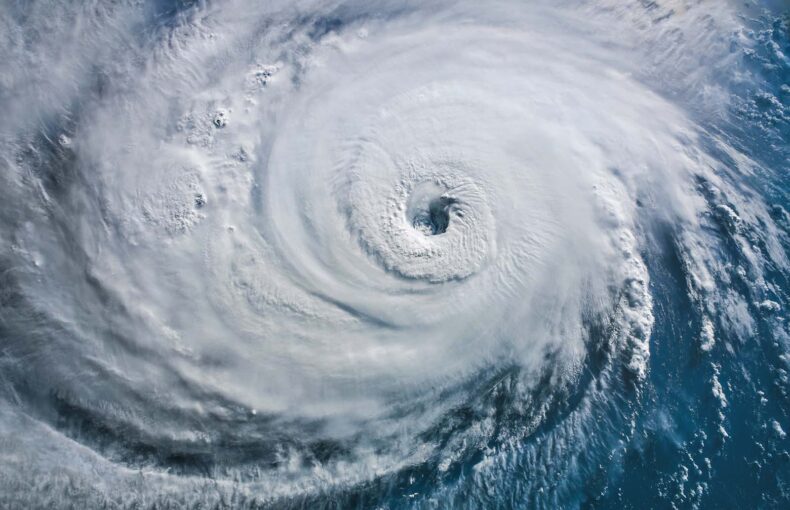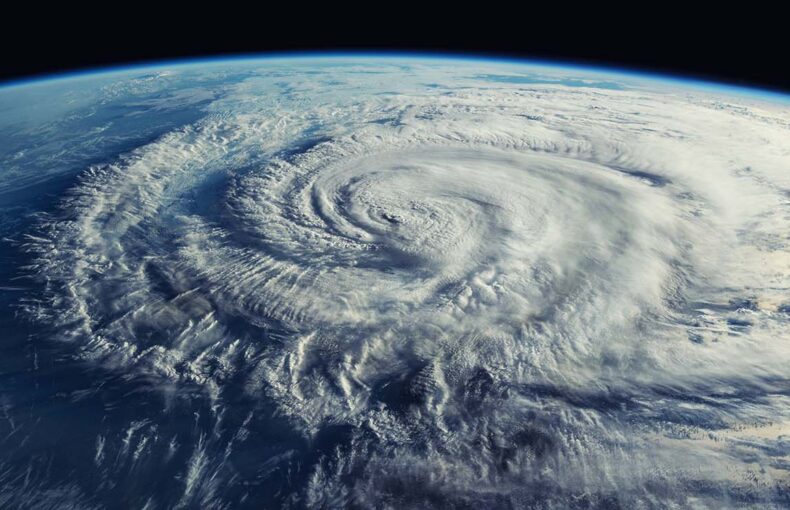How port weather forecasts can help with maritime operations
In this webinar, “How Port Weather Forecasts Can help with Maritime Operations”, Keenan Fryer, Applied Meteorologist at Spire, Jasper Boessenkool, Senior Director of Sales at Portchain and Terry Bills, Transportation Industry Manager at ESRI, shed light on how to build weather-resilient ports.
As the economic impact of climate change also cannot be denied, the essence of weather data as a critical component in port operational planning and scheduling is only growing.
Port weather forecasts – strong winds are a powerful threat
A varying number of weather-related incidents jeopardize port operations such as precipitation, low visibility, tropical cyclones and many more. However, the impact of winds is perceived as one of the most important operational hazards that trigger cost and safety concerns.
Impact on vertical structures
Maritime environments feature higher wind speed than nearby inland locations due to low surface roughness that is a defining feature of that environment. The atmosphere is a three-dimensional fluid which is in motion over the surface of the Earth. The characteristics of the surface will determine the rate at which winds increase from 0, directly at the surface, to their speed in the “free atmosphere”, defined as the part of the atmosphere where surface friction is no longer important. Specifically, where there is higher surface roughness, such as within a forest or a city, the wind speed will increase more gradually with height as compared to environments with a low surface roughness. Another way this can be said is that in environments where there is lower surface roughness, the atmosphere is able to reach the speed of the “free atmosphere” at a lower elevation.
This indicates the importance of safeguarding all physical perpendicular structures present at ports, such as container stacks and cranes in such a nautical domain, as they’re subject to higher wind speeds relative to the same structure in an inland location.
Impact on port operations
High winds can impact port operations directly too by making it more difficult for vessels to navigate within the port and by adding risks during loading/off-loading of vessels.
Beyond their direct impact to port operations, winds are also the primary forcing behind wave creation in the oceans. Waves result in similar difficulties within ports as do high winds but in addition will impact shipping operations as well.
The problem of forecasting these waves is one that requires both an understanding of local winds as well as global winds. The total wave spectrum can be decomposed into wind and swell waves. Wind waves are the part of the total waves that are created directly by wind forcing. Swell waves, which are driven by gravity and can even be referred to as gravity waves, are in fact also initially created by wind waves which have propagated away from where the wind initially created them as wind waves. Therefore, winds that impact port operations are often the combined result of winds that are local to that port as well as winds that are occuring far away from this port.
Optimize berth space and vessel schedules
In order to reach their berth space on time, ships will speed up and utilize more fuel. They may reach only to find it is not available due to the previous port call. On the other hand, terminals will expect a vessel to be on the way and make preparations for the designated time space in terms of cranes and labor to receive it.
However, these efforts can be in vain if the ship doesn’t arrive on time as it may have experienced poor mid-ocean weather. Digitizing these processes and accessing location-specific weather forecasts can help minimize such disruptions by anticipating such conditions beforehand. This will help avoid yard congestion, higher dwell times and berthing conflicts.
The future of ports
Ports are slowly but surely moving towards becoming more and more automated. Leading global entities such as the Port of Rotterdam and the Port of Flinders have invested massively in digitization processes and have a 3D view of infinite data variables.
Executive dashboards such as ESRI’s offerings, can facilitate the shipping world’s efforts to become more sustainable and reduce carbon emissions. How, you ask? By not only looking at which vessels are due to arrive, but also marrying that to the tides, the depths, the winds, and also ultimately really trying to optimize the ETA, both not just from an arrival time and meeting their berth assignments, but also from an environmental and carbon perspective.
 Written by
Written by


